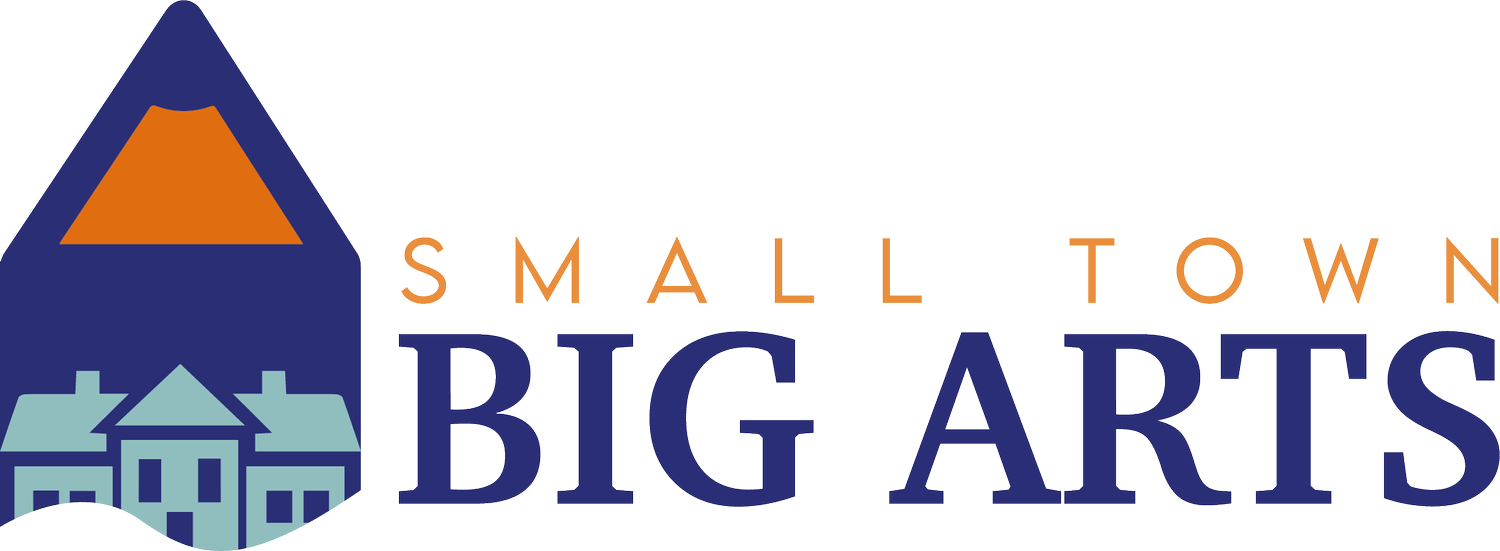What if rural revitalization isn’t about restoring the past, but designing a future?
Reviving West Virginia: The Transformative Power of the RiffRaff Arts Collective. Deeply rooted in creativity, trust, and place.
I am often on the hunt for organizations and communities that can serve as models for others. I found another a great one this spring. Nestled in the heart of downtown Princeton, West Virginia, the RiffRaff Arts Collective (RRAC) stands as a beacon of creative resurgence. Founded in 2006 by the inspirational artists Lori McKinney and Robert Blankenship, RRAC has helped transform a struggling post-industrial town into a model for rural revitalization through the arts. This has been accomplished partially through grit, but also through some creative business and community impact practices.
A Vision Rooted in Community and Creativity
More than a gallery or studio, RRAC was conceived as a cultural engine for the town of Princeton, West Virginia. The RRAC is a place where artists, entrepreneurs, and community members have the opportunity to forge new futures through collaboration and imagination, something not just needed in West Virginia but in every American community. This vision has taken shape as a comprehensive, multi-dimensional effort to rebuild the civic and economic fabric of Princeton from the ground up.
The Mercer Street Renaissance
At the time of RRAC’s founding, over 80% of the buildings on Mercer Street were vacant. Through the Princeton Renaissance Project, a grassroots initiative born out of RRAC, the street has been reclaimed with more than 40 murals, community gardens, artist-run businesses, and walkable, creative infrastructure. Mercer Street now hums with vitality, offering a compelling case for the power of place-based arts investment.
Strategic Networking: Local Vision Meets Statewide Resources
A defining strength of RRAC’s success has been its outward-facing strategy. By attending statewide conferences and building relationships with arts and community development organizations, RRAC aligned its goals with broader funding streams and policy agendas. This networking not only attracted financial resources but positioned RRAC as a partner in West Virginia’s rural development ecosystem.
Anchor Events: A Pulse for the Community
RRAC has cultivated a rhythm of participation and belonging through a calendar of regular and high-impact events. Weekly open mics, a series of siren calls held since the organization's inception, have become cultural mainstays, offering a welcoming and consistent stage for emerging artists, musicians, and storytellers. These events double as informal coalition-building spaces, where strong social bonds and creative expression intersect.
Equally important are RRAC’s cornerstone festivals, most notably the Culturefest World Music & Arts Festival. Launched in 2004 and continuing to grow, Culturefest brings together global music, regional art, and community celebration in a spirit of unity and diversity. These festivals are not only economic drivers but vital civic rituals that reinforce Princeton’s identity as an arts-forward and culturally aware town.
A Hybrid Business Model: For-Profit and Non-Profit Synergy
RRAC’s operational structure is as innovative as its programming. By balancing a for-profit entity with a mission-driven non-profit, RRAC can leverage commercial activities (such as studio rentals, venue operations, and retail) while preserving charitable resources for education, community engagement, and arts access. This hybrid model allows for both agility and sustainability, a rare combination in rural arts work.
Investing in Youth and Education
With the founding of Stages Music School in 2008, RRAC made a long-term commitment to youth development. The school offers instruction, mentorship, and performance opportunities, ensuring that the region’s creative future is not only protected but nurtured.
Expanding the Model: Create Your State
Through the Create Your State program, RRAC has extended its impact well beyond Princeton. This initiative shares the collective’s approach with other Appalachian towns, offering a toolkit for creative placemaking that is accessible, adaptable, and grounded in lived experience. The program equips other communities to reimagine their own narratives and economies through the arts.
Celebrating Heritage: The Lonnie Gunter Jr. Center for Industrial History
RRAC is also stewarding the creation of the Lonnie Gunter Jr. Center for Industrial History, a new museum dedicated to southern West Virginia’s rich manufacturing and mechanical past. Housed in the historic Wheby’s Grocery building, the center will showcase vintage machinery and tools while linking history to contemporary identity.
Conclusion: A Model for Arts-Led Rural Renewal
The RiffRaff Arts Collective exemplifies what’s possible when creative leadership meets structural strategy. From revitalizing a neglected downtown to exporting a regional model for cultural development, RRAC is not just building a local arts scene — it’s helping redefine what sustainability looks like for small-town America. For communities across the country looking to foster resilience, creativity, and connection, Princeton now offers a powerful example.

